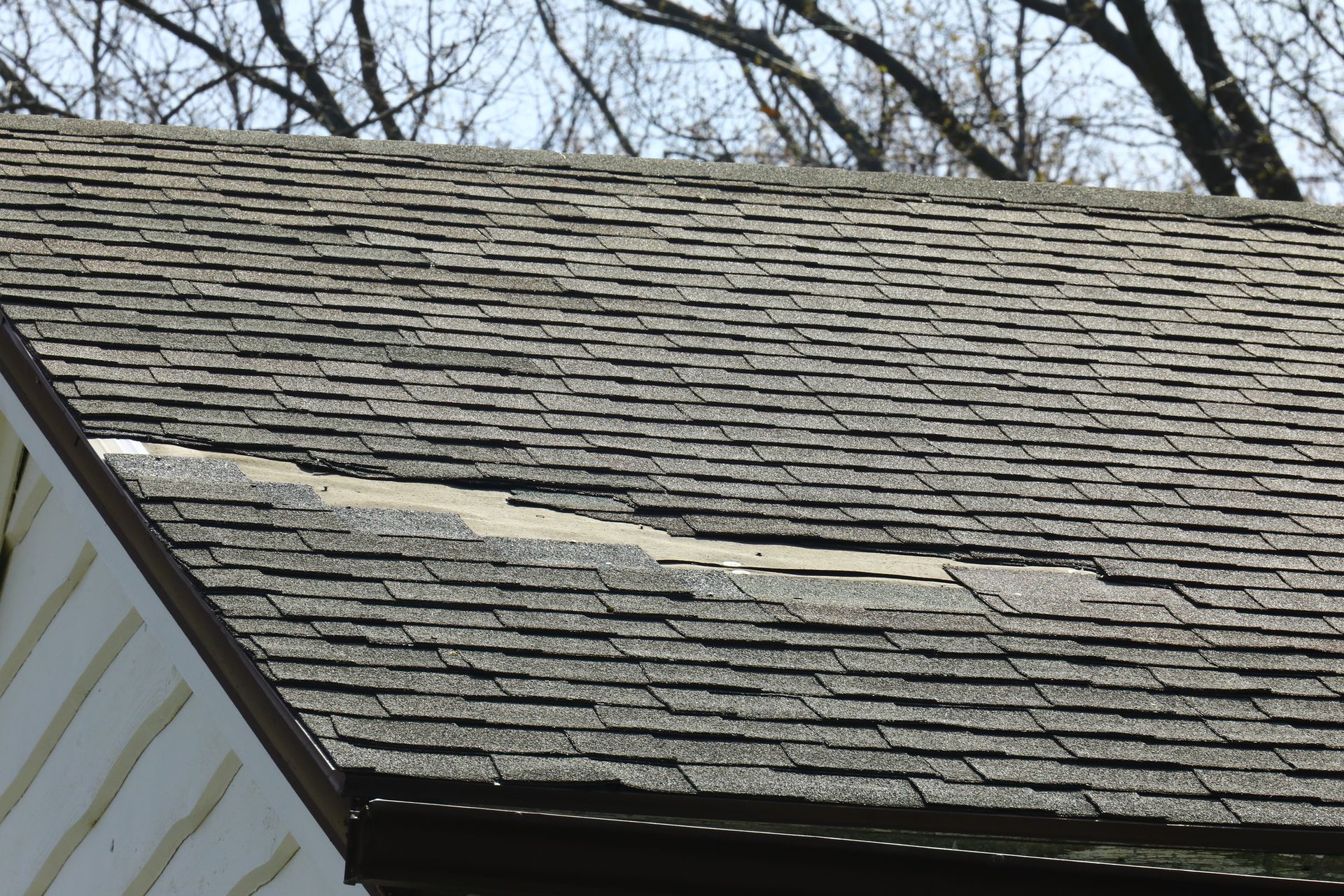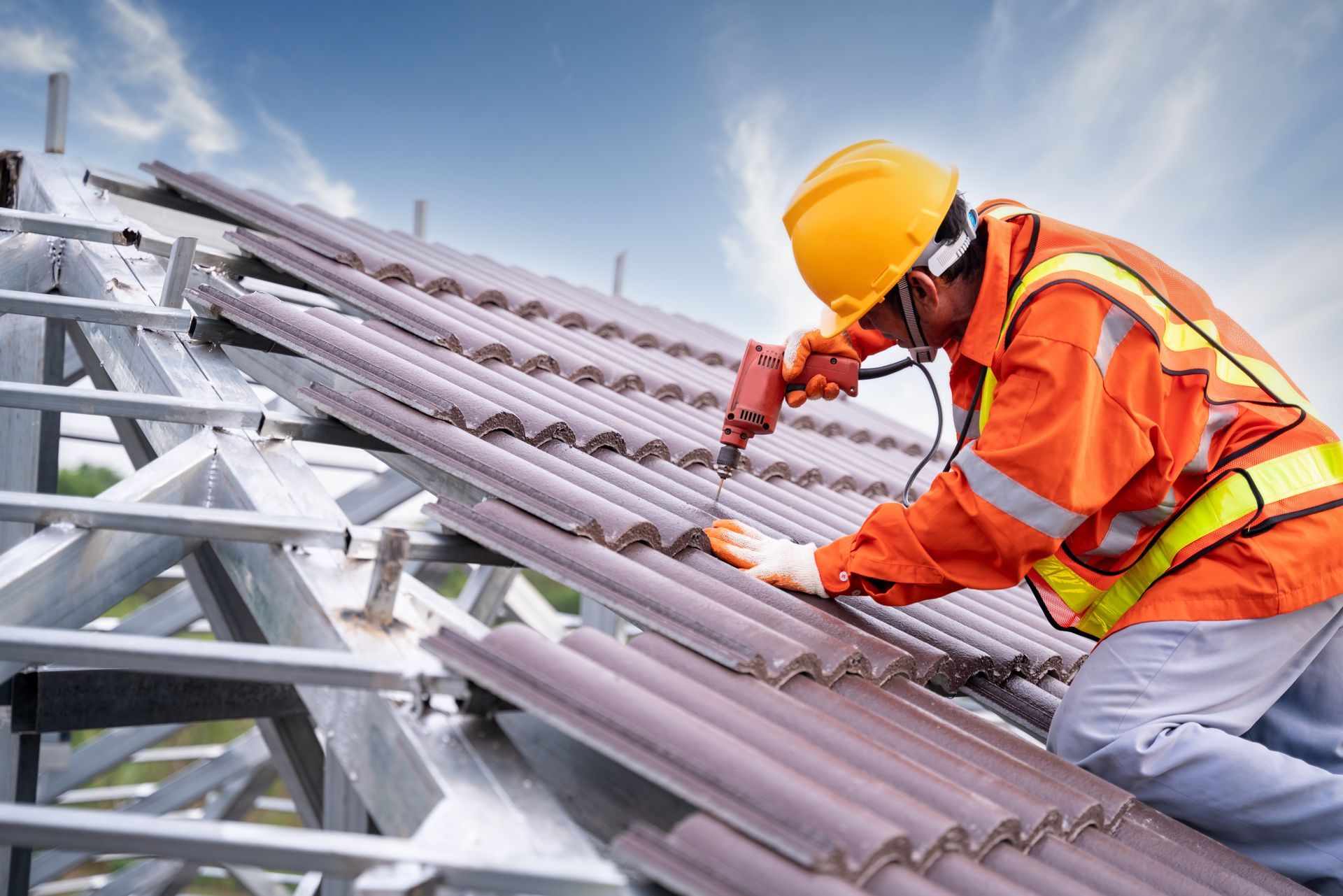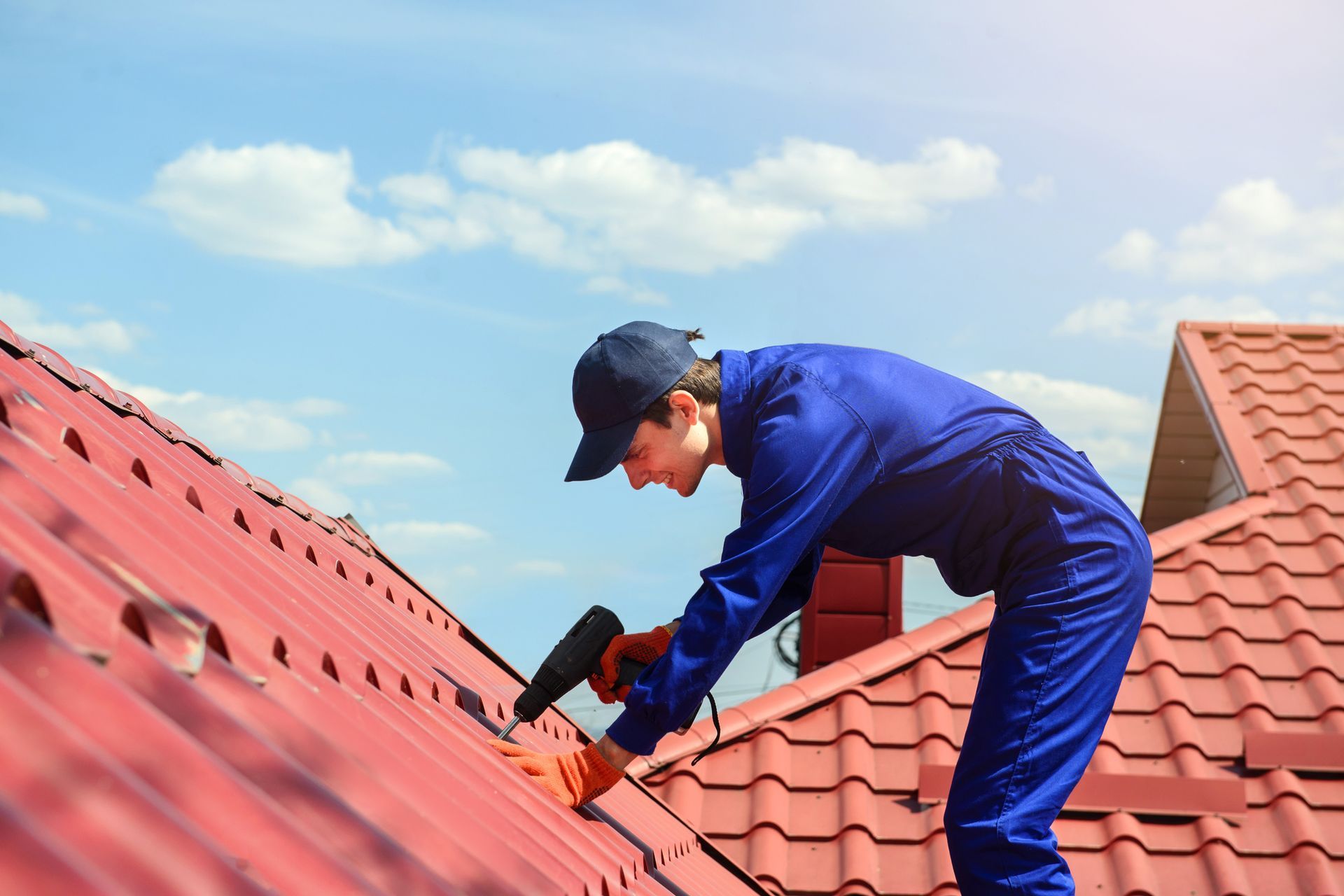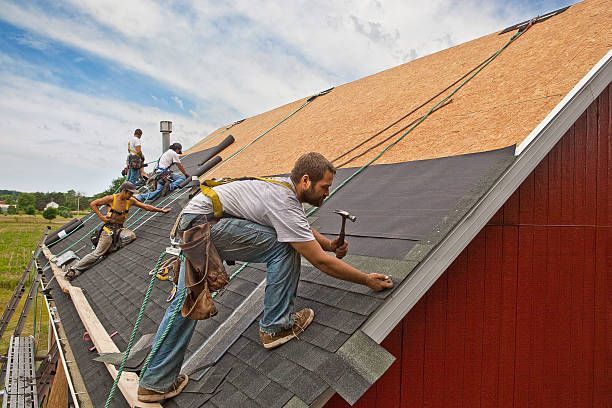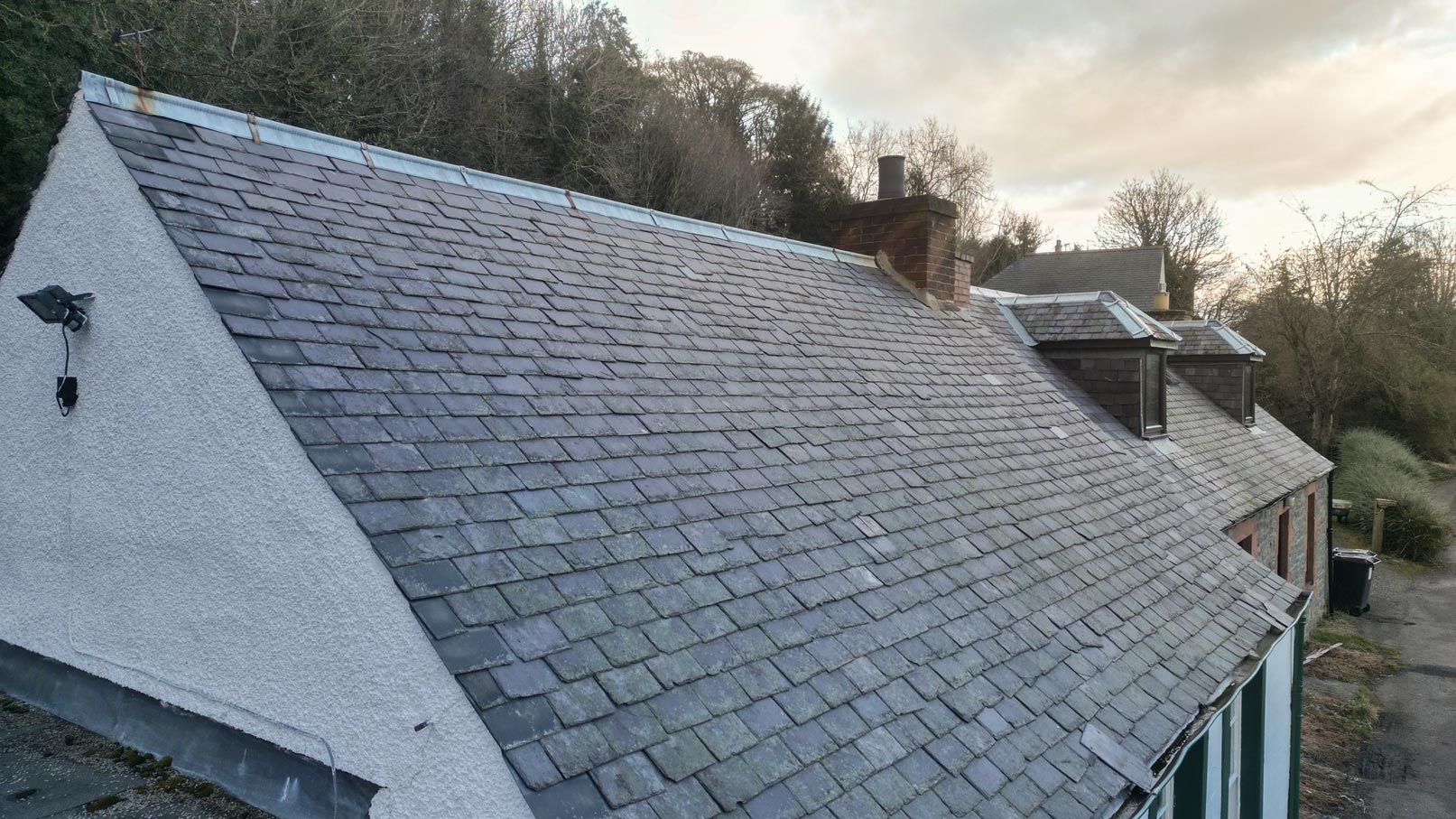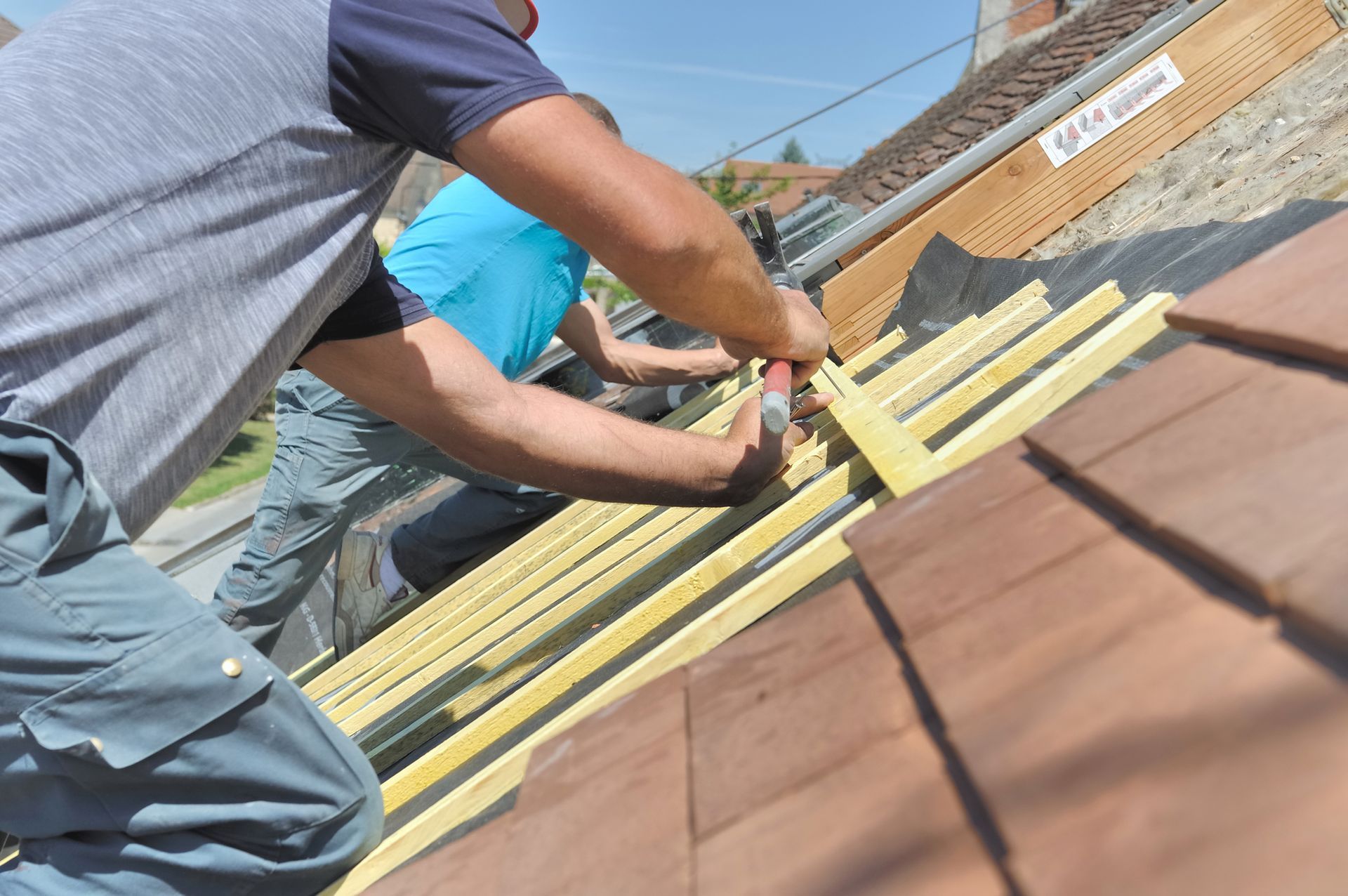How to Inspect Your Roof During Winter
Months of adverse weather, such as sleet and snow, can damage your property, including your roof. Your roof may get damaged if you don't take proper precautions and regular monitoring. Roof damage, if left untreated, can cost you a lot of money and cause additional damage to your home.
Regular inspections are critical to detecting early problems and ensuring your roof's structural integrity throughout the winter. Here are the tips on how to inspect your roof during winter.
Check Any Signs of Roof Damage
During the winter, if you can safely get to the roof, check each shingle, shake, and tile. Even the tiniest cracks may cause a leak. Look for the following:
- Loose shingles or panels
- Cracks or splitting
- Moss growth
- Places where ice can freeze under a shingle or panel
- Rotted or warped wood
- Materials that look out of place
If you require replacement, choose stone-coated metal roofing. Traditional asphalt roofing materials can last for 30 years. A metal roof has a two to three times longer lifespan than a traditional roofing material such as asphalt, wood, and tile.
Check If There Are Interior Leaks
Interior leaks should be one of the first issues to look for when inspecting a roof. An exterior visual inspection may be impossible because of snow or debris.
Search for clear signs of leakage in the attic or crawl space. Is the ceiling stained brown or yellow? How are the puddles in the attic? If the response is yes, the problem is likely a roof leak. Water from ice and snow often collects and melts on a roof, forming moisture beneath the surface and leaking inside.
Once you've determined the source of the leak, you may repair it. Among the things you should look for are the following:
- Wilted decking
- Cracks in the roof sheathing
- Signs of mold or moisture
- Ventilation problems
Some materials are more resistant to winter weather than others. Because of the interconnected nature of the panels, the underlayment used underneath, and the longevity of the metal, metal roofing reduces the possibility of water entering a home to near zero when appropriately installed.
Check Snow and Ice Dams Accumulation
Snow will accumulate on the roofs during winter, regardless of the material. Too much snow may stress any structure, so track where accumulation occurs during your inspection.
Search for a ridge of ice or ice dams that form at the roof's eave and hinder snow from draining properly. Excess water accumulating behind the dam may lead to interior leaks or the formation of icicles in front of the dam, posing a risk to the individuals and property below. Gutters may also lead to ice dams by preventing meltwater from draining off the roofs when it freezes in cold gutters.
Some homeowners use snow guards to regulate the rate at which ice and snow melt from the surface of the roofs. Snow guards are rarely used on DECRA metal roofs since they keep a constant temperature throughout the roofing area, including the eaves. This enhances the roof's energy efficiency, which translates into savings for people during the winter.
If you discover ice dams during an inspection, you may prevent them by introducing additional insulation and sealing off any air leaks that could warm the underside of the roof. When inspecting the roof, ensure the gutters are clear to prevent additional weight from frozen debris. Addressing these problem areas during an inspection can help you avoid ice dam formation and enhance the overall health of a roof.
Although you can do quick roof checks, having a professional inspect and survey the roof is preferable. At Alpha Roofing Services, we are licensed, insured, and bonded, so you can rest assured that you are working with professionals. We can detect roof faults and repair them if necessary.
We will also guarantee your safety because you won't have to climb ladders to find or repair faults.
Contact us today if you want an expert to inspect your roof.



